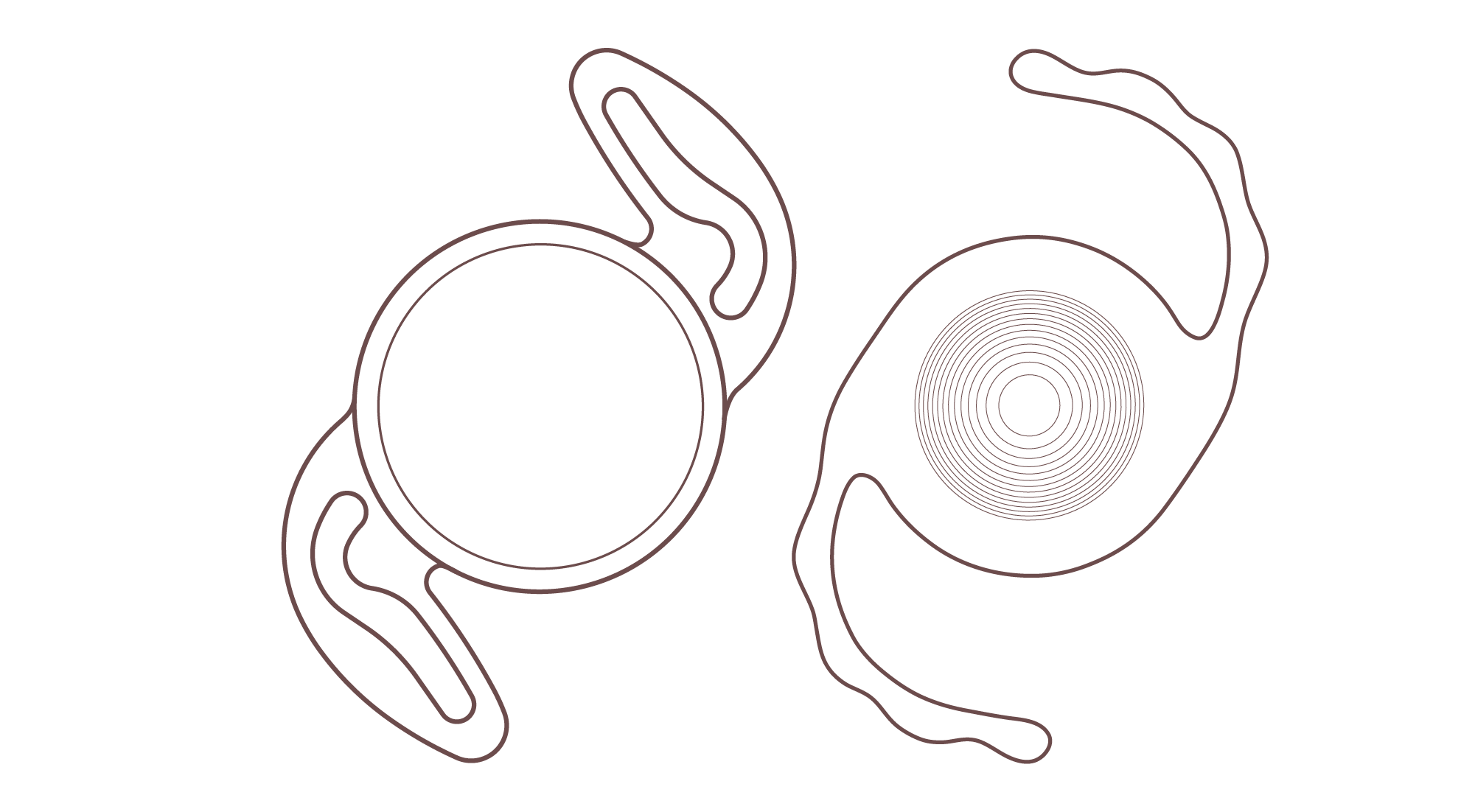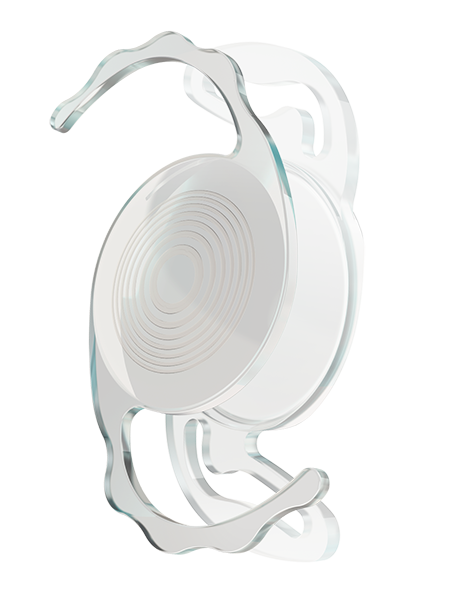Sulcoflex Trifocal DUET procedure
After the implantation of a trifocal IOL, your brain will have to get used to the way it processes light.
All trifocal lenses split light at different points across their optical surface to give you multiple points of focus at any one time. Your brain will need a little more time to adjust, reinterpret and resolve these images so you see one clear image. This process of adjustment is called “neuroadaptation” and varies from person to person, but usually you will have adjusted within a few weeks.


However, sometimes people struggle with neuroadaptation. This is why your surgeon may suggest a Sulcoflex Trifocal via the DUET procedure which can be reversed if needed.
The DUET technique involves simply adding an extra step to the cataract procedure. After your cataract has been replaced with a standard IOL, a second IOL – the Sulcoflex Trifocal – is placed in front of the first. The two IOLs have slightly different functions but work together as a flexible solution to restore your vision and reduce the need for spectacles.
The two lenses can be implanted at the same time, which means there is no need for you to have a second operation. The DUET procedure is as safe and predictable as standard cataract surgery.


A reversible solution
The DUET treatment yields excellent and sustainable results, and can be performed by an eye surgeon without the need for special equipment.
The main benefit of spectacle-free vision using two IOLs is that your vision can easily be adjusted or reversed if you do not neuroadapt to the trifocal optic.
What can I see clearly with a Sulcoflex Trifocal DUET procedure?
Vision before cataract surgery
Expected vision before cataract surgery
No glasses needed after cataract surgery
With a Sulcoflex Trifocal DUET procedure you will have clear vision for distance, intermediate and near activities. You will experience lower contrast than that provided by a monofocal IOL, as well as some visual disturbances that reduce over time.
Side effects and complications to cataract surgery are rare. Some of the visual compromises that have been associated with the implantation of trifocal intraocular lenses are:
- Lower contrast than that provided by a monofocal IOL
- Halos and glare when driving at night
- Visual disturbances including halos and glares, which decrease with time (neuroadaptation).
As with all surgical procedures, the outcomes for a trifocal intraocular lens cannot be guaranteed. It is important to be aware of possible effects on vision after surgery. Please discuss possible risks and side effects with your eye surgeon. Not all patients are suitable for this type of intraocular lens. Your surgeon at the time of consultation will indicate whether this type of lens is suitable for you.



